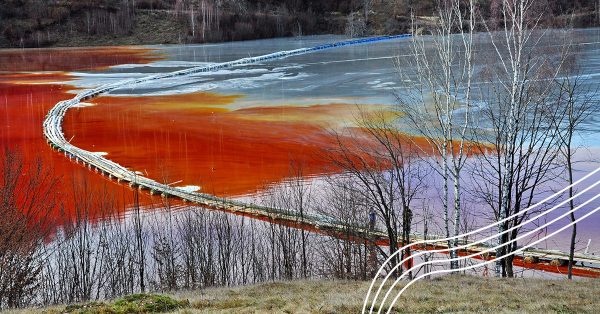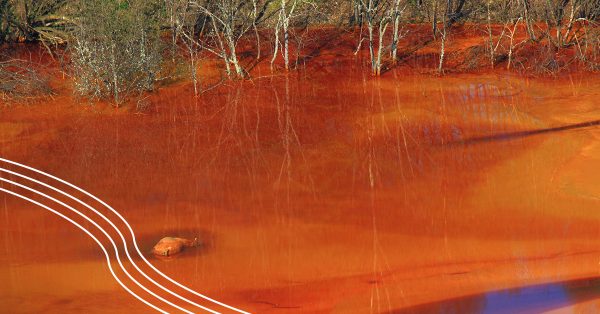A slice of one of the UK’s biggest fatbergs stunned visitors when it went on show at the London Museum, drawing attention to the impact of cooking oils congealing in our sewers.
From palm to peanut, coconut to olive, soya bean to sunflower – cooking oils are used across the globe.
Much of the used oil from home kitchens, restaurants and fast food outlets ends up down the drain or in landfill, creating health and environmental problems. Oils being poured down the drain leads to “fatbergs” – where waste and other foreign materials mix with fat, grease and oil to congeal in a single, ‘rock hard’ mass. The horrifying mess blocks sewers, clogs wastewater treatment plants and contaminates waterways, creating health risks for people and wildlife.
Clean Earth Technologies is leading the way by turning waste cooking oil into an eco-friendly fertiliser medium for agriculture.
By turning used cooking oil into a medium to deliver slow-release fertiliser that can be used to grow more crops, Clean Earth Technologies is using one environmental problem to solve another – using food waste to divert hazardous waste from landfill and waterways – and supporting a sustainable, circular economy.
Made from canola oil and elemental sulphur, CET’s polysulfide-fertiliser composite is matched to the needs of specific plants and allows for a slow and controlled release of nitrogen, phosphorous, and potassium (NPK) nutrients. This saves on production costs and lessens the environmental impact from fertiliser run-off.
*Source: The Guardian



